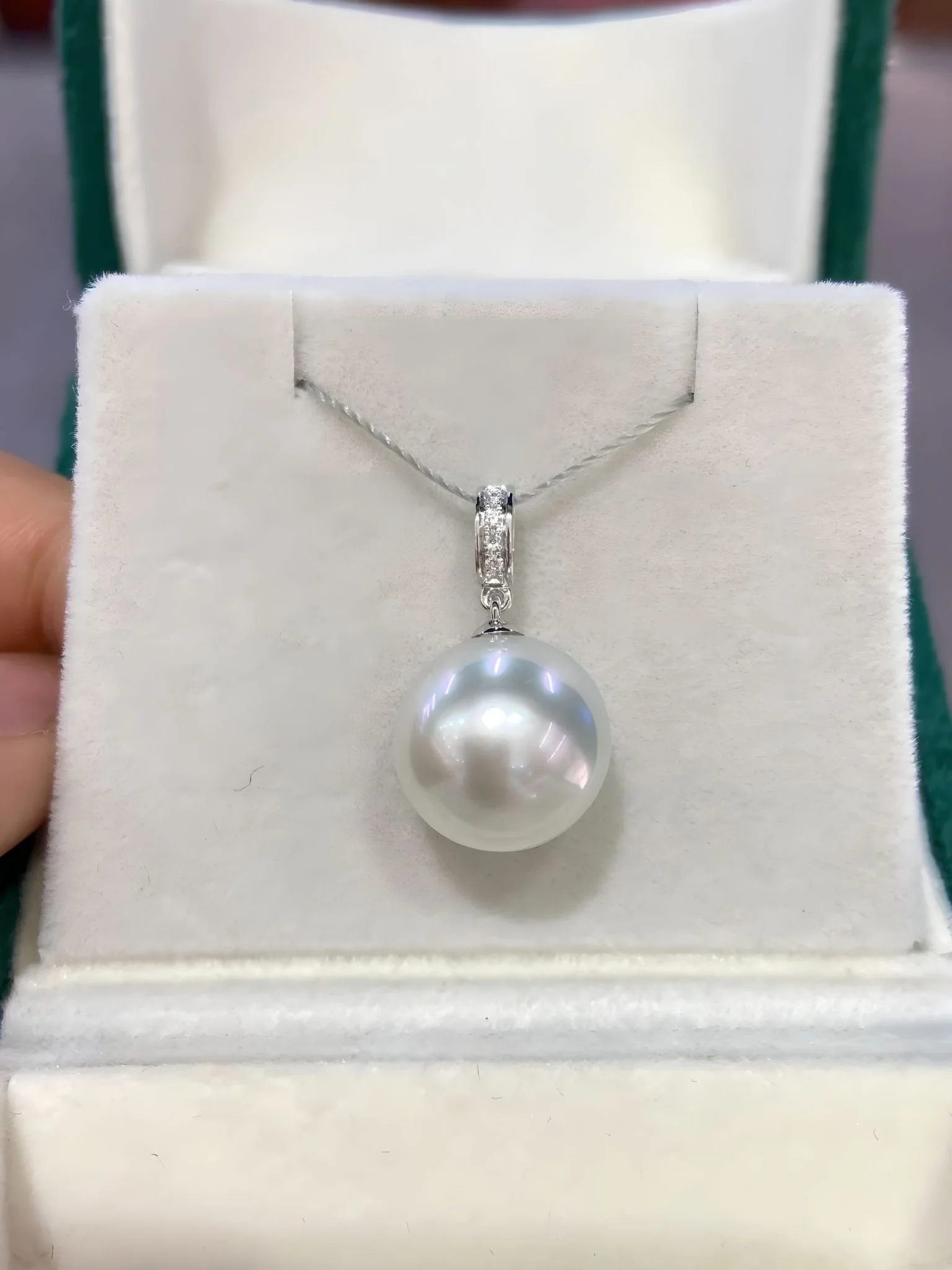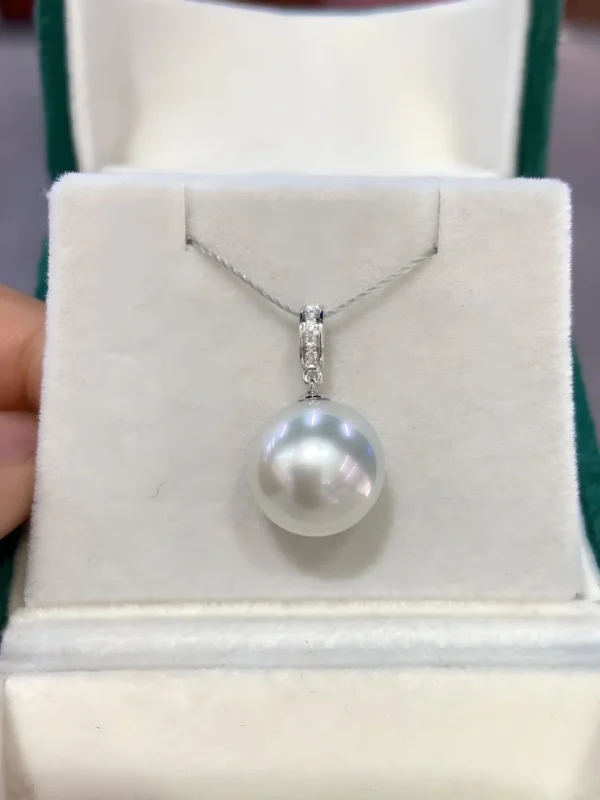Why Pearl Is Expensive? Unveiling the Mystique and Value Behind Ocean’s Elegance

Have you ever held a pearl and wondered why such a small object carries such a hefty price tag? Is it the shimmer that catches the eye or the fact that pearls are emblematic of elegance and class? In a world where luxury items abound, pearls hold a unique position of prestige. This article delves into the reasons behind their expense, blending sensory imagery and factual depth to illuminate their timeless allure.
The Mystique of Pearl Formation
How Pearls Come into Being
At the heart of a pearl’s value lies its intricate formation process. Pearls are born from living creatures in the ocean, namely oysters and mollusks, a process that makes them one of the only gems created by nature’s own artistry rather than by human hands. It involves a sophisticated biological reaction to an irritant entering the shell. Over time, layers of nacre form and transform the irritant into a lustrous pearl. According to The Gemological Institute of America, “The creation of a pearl is one of nature’s greatest wonders, taking years to complete and resulting in an object of unmatched beauty.”
Natural vs. Cultured Pearls
Natural pearls are incredibly rare, as they occur spontaneously in the wild without human intervention, which partly explains the high costs. In contrast, cultured pearls, though more common, still follow a stringent cultivation process in pearl farms—a process both time-consuming and labor-intensive. More insights into this process can be found at Pearl-Guide.com.

Evaluating Pearl Quality
The Four Key Attributes
Pearls are priced based on specific quality factors, often described by the “Four S’s”: shine, surface, shape, and size. Lustre, or shine, is perhaps the most significant determinant of a pearl’s value, with the mirror-like glow being a sign of a higher-quality pearl. The surface should be smooth and free from blemishes; a perfect round shape is highly sought after but increasingly rare, and larger pearls typically command higher prices due to their rarity.
Rarity and Market Demand
The rarity of high-quality pearls intensifies their allure and price. According to Mikimoto Pearl, less than 1% of all pearls reach the market-qualified status of AAA-grade, making them truly unique treasures. A rise in demand from global markets, especially in the U.S. and China, has also contributed to escalating prices, as buyers seek the premium quality that only a select few pearls can offer.
The Human and Environmental Cost
Cultivation Challenges
Producing cultured pearls is no simple task. Pearl farmers face numerous challenges, from environmental conditions to the need for precise care and maintenance of oysters. This labor-intensive process impacts the final cost of pearls. Additionally, increasing environmental threats like ocean acidification and pollution pose risks to pearl cultivation, inadvertently impacting valuation.
Ethical and Sustainable Practices
In recent years, consumers have also shown interest in pearls that adhere to sustainable and ethically responsible farming practices. The emphasis on clean, eco-friendly methods often requires more resources, which increase production costs but also assures quality and environmental stewardship.
Conclusion: The True Worth of Pearls
In essence, why pearls are so expensive is a question that extends beyond simple supply and demand. It is about their journey from the ocean floor to elegant jewelry pieces. The intricacies of their natural creation, along with meticulous human effort and the urgent call for sustainable practices, culminate in what makes pearls both a luxury and an art form. For those who seek not just beauty but a story of resilience and sustainability, pearls remain a timeless testament to nature’s splendor. When placed on a jeweler’s shelf, a pearl represents not just an adornment, but a legacy of patience, nature’s wonders, and human ingenuity.
Through exploring the genesis, evaluation, and ethics of pearl production, we gain a balanced understanding of their value. Indeed, pearls are far more than gemstones; they are rare gifts, harmonizing the labor of nature and humanity in their creation.
